
10 Effective Strategies for Sending WooCommerce Follow-Up Emails
As a WooCommerce store owner, you might be solely focusing on selling more products. However, it’s also important to build relationships with your customers and gather constructive feedback. WooCommerce follow-up emails are the best way to do this.
Follow-up emails are sent from WooCommerce stores in response to specific consumer activities. Generally, you should send follow-up emails to the customers when they make their first purchase or abandon a cart. You should also follow up with an email when a customer purchases a specific product or a product under a specific category.
However, only sending WooCommerce follow-up emails won’t do the trick. You need to do it strategically. And that’s why we’re presenting 10 effective strategies for WooCommerce follow-up Emails.
Ready?
Let’s begin!
What are WooCommerce follow-up emails?
WooCommerce follow-up emails are sent to customers right after they completed a purchase process. In most cases, the message is sent immediately or within one week. But if you want, it’s possible to send WooComerce follow-up emails at any time.
WooCommerce follow-up emails are automated. They are considered transactional emails which have an 80-85% open rate. Thus, such emails are a great way to build relationships and generate additional revenue.
Note that WooCommerce follow-up emails and order confirmation emails aren’t the same things. While order confirmation email focuses on delivering receipts following a purchase process, follow-up email aims to collect customer feedbacks and maintain customer relationships.
Benefits of sending WooCommerce follow-up emails
Follow-up emails aren’t only crucial for getting new customers but also for retaining your existing customers. This is because you have to focus on creating new customers and allowing them to return to your store. After all, maintaining your existing customers requires additional effort than gaining new ones.
WooCommerce follow-up emails can bring you the following benefits:
Collect customers’ feedback: Customers are always eager to share feedback about the product they have purchased. Therefore, you can collect their feedback easily via follow-up emails. This kind of testimonials and reviews will help build trust and expand your brand value.
Offer rewards to shoppers: One of the easiest ways of keeping your customers engaged with your store is to offer them rewards. By sending follow-up emails, you can appreciate your regular and special customers by sending deals, coupons, and special offers. Since such emails are opened more often, they will also help generate additional revenue.
Product promotion: You can minimize your marketing effort swiftly by implementing follow-up emails. For example, you can suggest related products via email when a customer has completed a purchase process. Similarly, if you’re launching a new product, you can promote it to your existing customers using follow-up emails.
Utilize customers to promote your brand: Your regular or old customers are your allies whom you can utilize to promote your brand. If they liked using the product they purchased from you, there’s a good chance that they will share the products whenever possible.
So why not ask them to share the product on their social media or website? In return, you can also offer discounts to appriciate their support!
Effective strategies for sending WooCommerce follow-up emails
Every business would love to build customer relationships and generate additional revenue. So it’s pretty obvious that you’d want to start sending WooCommerce follow-up emails right away.
So let’s look at some of the most effective methods for sending follow-up emails:
1. Develop a customer-focused strategy
The intent behind follow-up emails is to build relationships. Making money should be your second priority in this situation. So it’s crucial to focus on your customers while developing strategies to craft an effective email.
Make sure to prioritize the shoppers by providing them with something valuable through your service. The tone of your email should be customer-centric and friendly. It should carry helpful information that makes them feel valued.
Eventually, your customers will feel more connected to your service and promote your business. In the meantime, you can push your business one step ahead.
2. Create a segmented email list
Every customer is a unique entity. So you can’t get to everyone with the same tone and words. It might be possible to use the same template for everyone but it’s also vital to personalize the texts for your customer to engage more and continue the conversation with your follow-up email.
While every customer’s needs are different, you’ll surely notice similarities in purchasing location, website activity, buying patterns, etc. This makes a great opportunity to have a segmented email list to reach out to your customers later.
You can segment your customers based on their location or demographics. In this way, you can improve your sales by selling location-specific products. Also, you can target specific genders along with their geographical location.
However, the ideal way to segment would be based on your customer’s-
- Activities on your site,
- Their purchasing preference
- Their transactional history.
3. Implement Email Automation for Follow-ups
Automating the email follow-up process will significantly boost your efficiency. How? Automated emails will allow you to connect to your audience instantly or according to your schedule.
The manual process will require you to store all your data in an excel sheet which is time-consuming. After all, you have to keep records of all the product information of your customers’. Moreover, you have to send emails to your customers manually with the collected information.
This is an unrealistic job for stores that sell a lot of products every day. That’s why WooCommerce marketing automation tools like FluentCRM exist.
Email marketing automation tools allow you to craft workflows that are automated but easy to understand. All you need is the right tool to manage the email workflow flexibly.
To create a workflow, sort out the triggers for email automation that depend on your customers’ actions. Then, schedule the emails according to your convenience. Finally, send the email after including a proper format, offers, and wordings that attract your customer.
While sending emails, schedule your timing accordingly to get their feedback as soon as possible. Otherwise, your customer won’t be interested in the product or skip your email. Try to send emails within three days of selling a product.
4. Focus more on personalizing the email
Always keep in mind that customers always like to be recognized and valued. This is why your approach should always focus on creating personalized emails. Consumers are more inclined to buy from online shops that identify them and provide recommendations based on their prior activity.
Therefore, you should follow these tactics to personalize WooCommerce follow-up emails:
- Include your customers’ names in the subject line of your email
- In the body of the email, address the consumer by name
- Send product suggestions based on prior purchases made by clients.
- Send emails to consumers to remind them about the items they browsed but did not purchase.
- The amount of discount should be comparable to the previously purchased products.
5. Employ Attractive Subject Lines
Create catchy subject lines that will attract your audience to open the email rather than skipping it. Your subject line shouldn’t reflect a marketing approach that sounds like a sales speech for customers.
Strong subject lines equal greater open rates and more click rates. As a result, your sales will boost dramatically in a short period. Therefore, while creating follow-up emails, include something that:
- Relates to your customer’s preference
- Adds value to your customer
- Motivates the customer to try the product
Do not forget to keep the relevance of your subject line and the body of your email. We are mentioning some examples of ideal headlines that are short but catchy:
- “Enjoying your latest Purchase?”
- “50% off in “X” product!”
- “Want to get your discount doubled?”
- “Want to enjoy $25 off on your next purchase?”
6. Try to collect feedback from customers
As we mentioned earlier, follow-up emails are the best way to collect customer feedback. It improves the customer’s trust in your business aids in buying decisions from others. In addition, customer feedback will disclose any scopes where you need to improve your product or service.
Getting customer feedback is also a customer-focused approach. Your customers will feel valued by your request for feedback. They will also think that you value their opinions for improving your service, product, or marketing.
It is good to ask for customer feedback for the following topics:
- The product that your customer purchased recently
- Product’s packaging, shipping, delivery,
- Product unwrapping, opening, or unboxing experience
- About the price of the product
- Preference of payment process
- About the checkout process
- Customer service, communicational approach, etc.
There are lots of angles to improve while selling products online. Sorting out the scope of improvement becomes easier by getting feedback. Hence, ask questions on your email, collect all the feedback, and utilize it to make improvements.
7. Always send brief emails
Consider your customer’s time as a valuable commodity so that they feel appraised. Make the message on your email as short as feasible. In the image below, you will get an ideal example:
The fact is WooCommerce follow-up emails can meet the achievable objective with a handful of sentences. Greet your customer with one sentence due to their action. Then recommend how they can still be a part of your store and continue shopping.
While attempting to market your products, include some additional information about your product. In addition, offer something within the email to lure your customers’ attention.
8. Include attractive call to action
Always attract your customers by including calls to action or CTAs within the follow-up email. With CTA, you can instruct your customers on interacting with your business, and it could lead them to purchase your products. CTA is both essential for traditional email marketing and WooCommerce follow-up emails.
Your CTA should include enough resources to lead your customers and allow them to take action. If you are selling something, lead them to the relevant webpage via your CTA. Also, provide a link or a form to submit their feedback, reviews, and testimonials if you want. A simple CTA is the easiest way to get a click, direct the customers and complete the sales process.
9. Offer, suggest, and recommend products
Well, the ideal thing is to include rewards and referrals in your follow-up emails. Also, recommend products according to their purchase history.
It’s impressive to acquire recommendations because you can meet two objectives in one action. On the one hand, you will get new clients, and on the other hand, you can motivate your existing customers to buy more from you.
All you have to do is make your suggestion appealing. With suggested items, you just want one thing: to persuade the buyer to buy again as soon as possible. This works by giving a fantastic bargain such as –
- Free delivery
- Percentage discount
- Some Cash Back
- Sending Rewards or Gifts
10. Consider the aesthetics
High-quality images and presentations will make your follow-up email more soothing to your customers’ eyes. As a result, it will grab your customers’ attention, and they will keep going through your emails. But only text messages won’t be that effective due to the lack of visual appeal.
Follow the example below to see what CTX Feed offered within their email template. They obviously did a great job of maintaining the visual appeal.
Your email and your brand’s theme should align to portray a clear idea to the customers. Highlight your brand’s logo on the top position of your email template so that the viewers understand it easily. Moreover, maintain the color combination in the header and footer of your template.
Measure your follow-email success rate
When you are done implementing all the strategies we’ve mentioned, measure the success rate. Now, you need to monitor how your clients interact with your emails.
- Are they going through the emails?
- Is it generating sales?
- Are they sharing your product information after getting the emails?
If your answer to these questions is no, ask yourself these questions:
- Can you make an enhanced or more exciting version of this email copy?
2. Can you add more elements such as CTA, Images to make it more gorgeous?
3. How can you assist the customers who initiated the triggers to get this mail?
4. How to make your email more personalized?
Before repeating or continuing your email marketing approach, use your answers to these questions. That will be all.
Final thoughts
WooCommerce follow-up emails are not just some mail; they are a great way to bring more sales organically. By following the guidance that we’ve provided, you can indeed witness some major changes in your sales output.
In addition, you can also spread your brand recognition by providing excellent customer service via email marketing. Even if your customers are not ready to get the product, they will be pleased to get the attention they deserve. Eventually, your customers will extend your brand recognition to a new level.
Guest Author
Table of Content
Subscribe To Get
WordPress Guides, Tips, and Tutorials





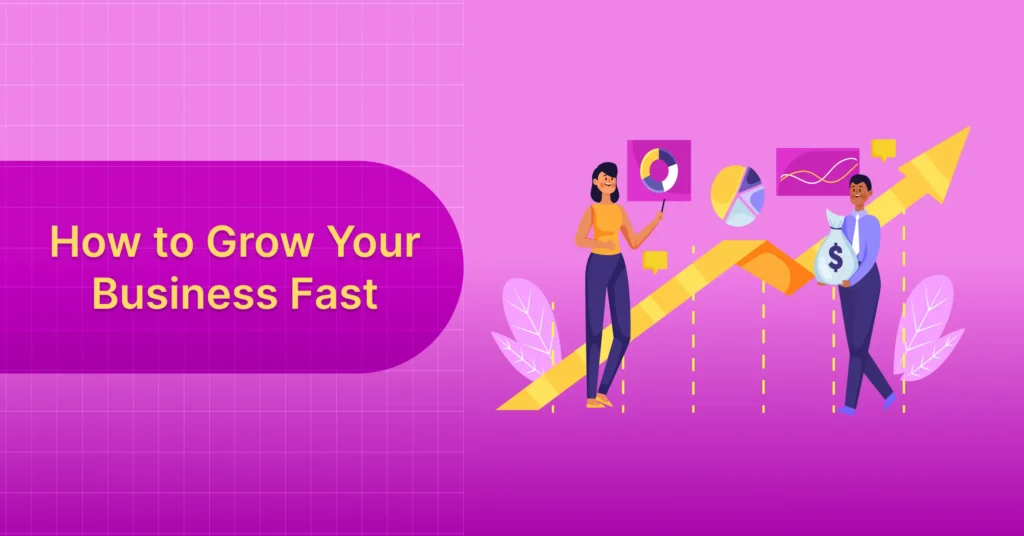
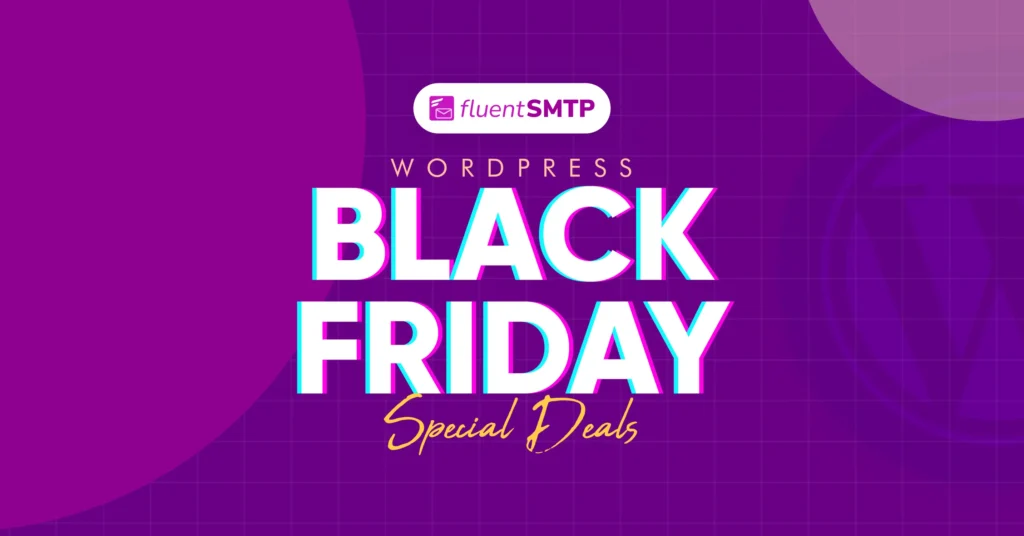
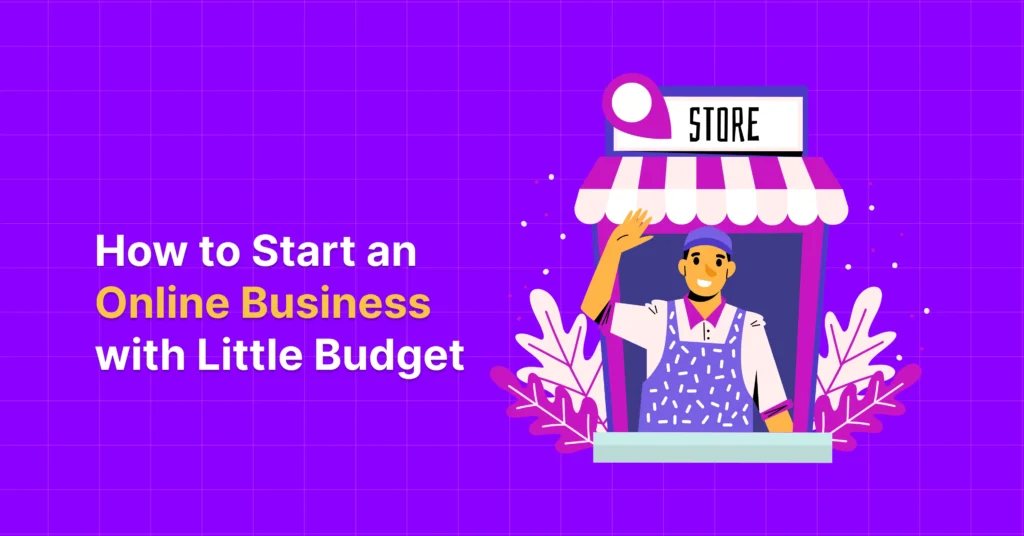
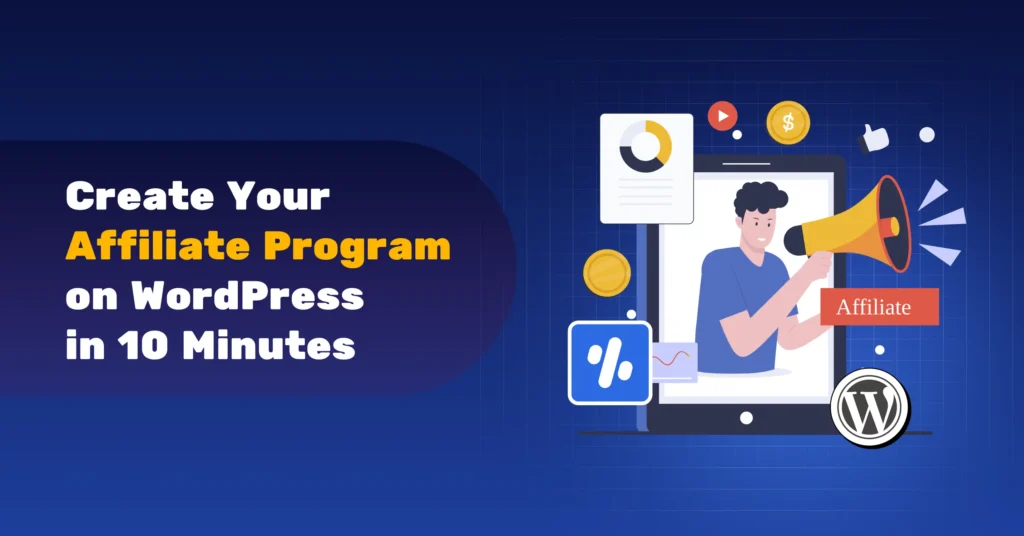
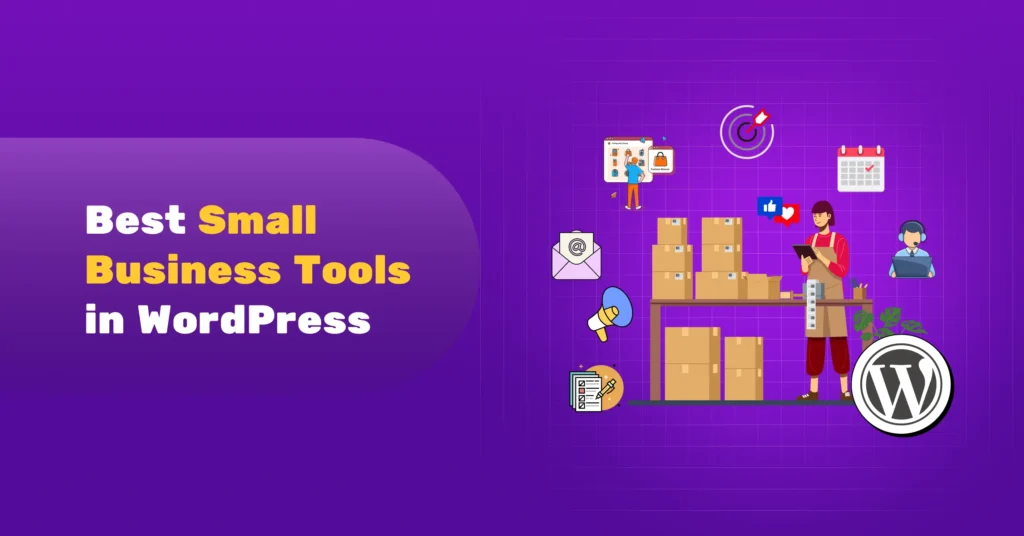


Leave a Reply